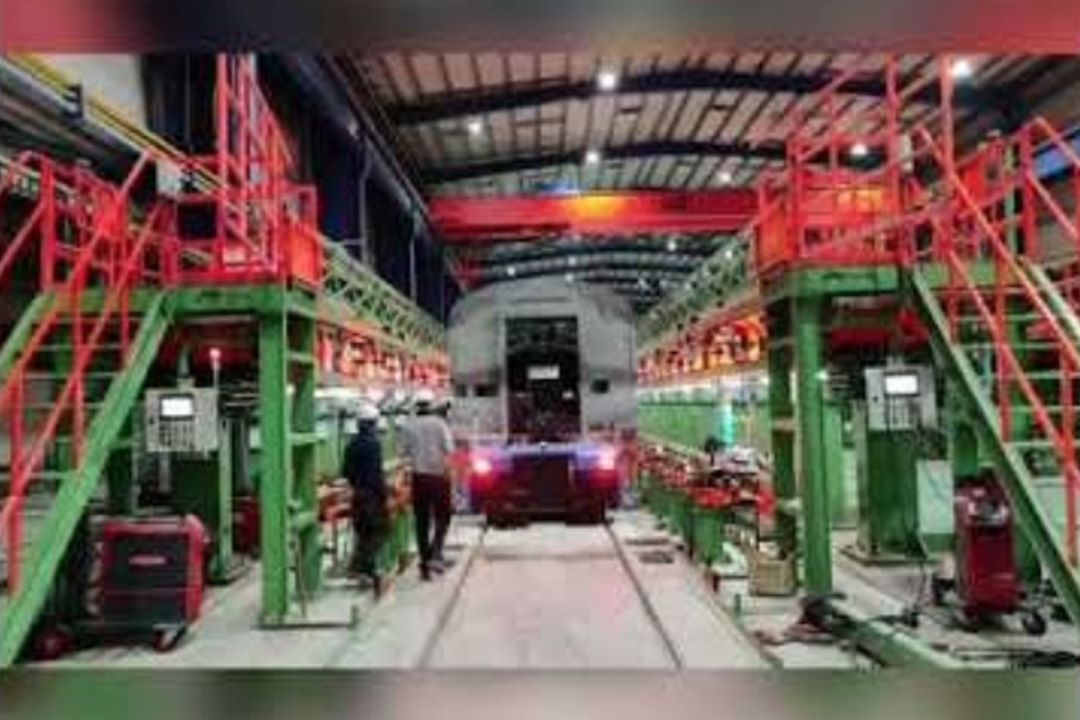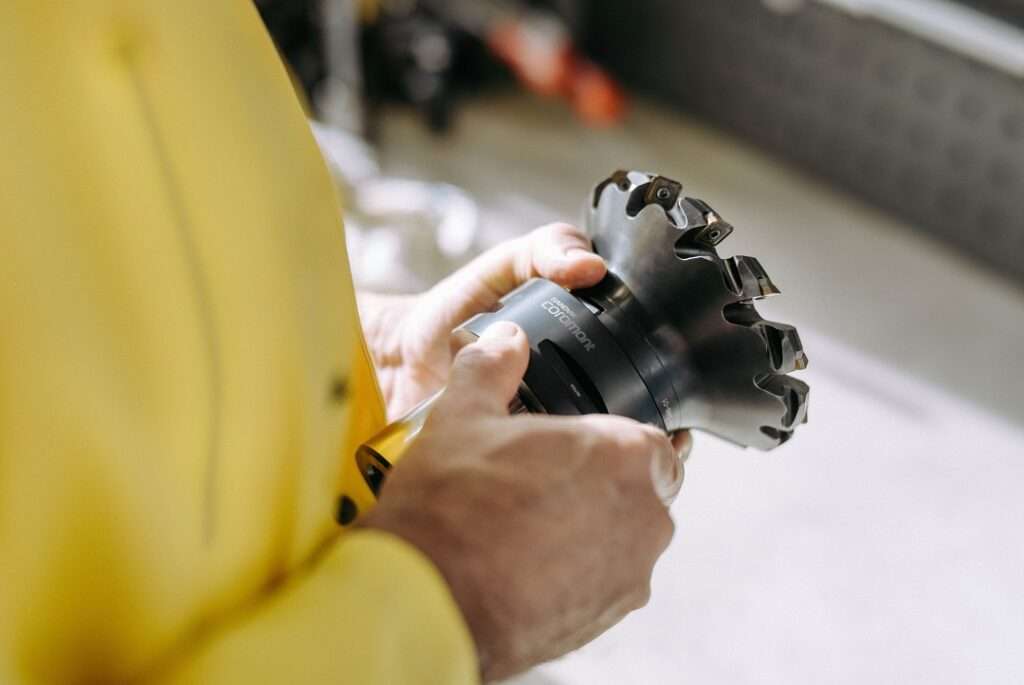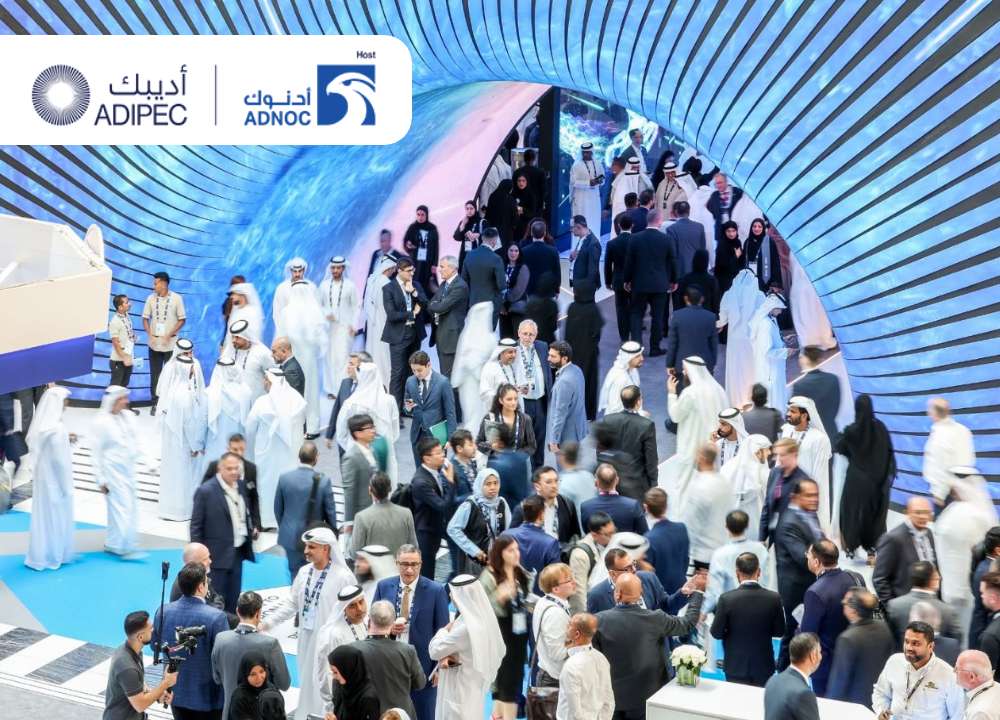On August 14, Rail Vikas Nigam Limited (RVNL) announced that it has been awarded a ₹178.64 crore project by IRCON International Limited. The project involves comprehensive signalling and telecommunications work, which will be carried out across multiple stations and sections. The scope includes the supply and installation of various signalling and telecom materials, as well as the commissioning of new electronic systems.
The project covers the installation and testing of distributed/centralised electronic interlocking systems at 10 new stations, including Surakachhar, Katghora Road, and Bhingra. Additionally, six new intermediate block signalling systems will be set up between Bhingra and Pendra Road. The contract also includes the installation of new communication equipment, telephone exchange systems, and electronic in-motion weighbridges (EIMWB) at designated locations.
The contract is to be completed within 11 months, including the monsoon period, and covers all associated costs such as transportation, insurance, taxes, and duties. RVNL emphasized that the project is part of its ongoing business operations and will involve modifications to existing interlocking systems at certain stations.
Rail Vikas Nigam Ltd (RVNL) is a public sector enterprise under the Ministry of Railways, India, established to undertake infrastructure development projects to enhance the country’s railway network. Specializing in the planning, execution, and management of rail-related projects, RVNL handles tasks such as track doubling, gauge conversion, electrification, and construction of new railway lines, bridges, and other critical infrastructure.
The company often collaborates with joint ventures and private partners to deliver large-scale projects efficiently. With a focus on modernizing India’s railway infrastructure, RVNL plays a vital role in supporting the government’s vision of expanding and upgrading rail connectivity to meet the growing demands of passengers and freight transport.







